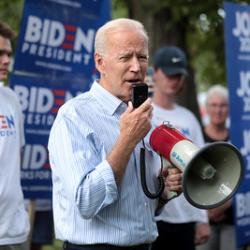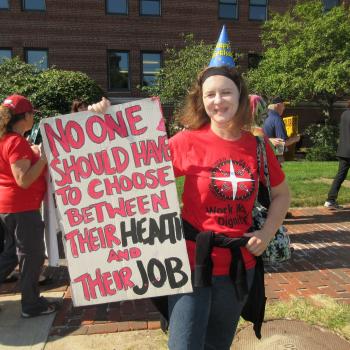In response to various financial companies receiving public funds splurging on huge bonuses, corporate jets and multimillion dollar office renovations, the Obama administration has decided to limit executive pay in companies receiving bailout money to $500,000 (including bonuses). A princely sum to most, but some on Wall Street are calling it “draconian”. Boo hoo. Yes, this is a good decision. It is quite shocking that these financial firms, whose excessive risk-taking led to this very crisis, can feed at the public trough while carrying on with business as usual. While the bailout was and is necessary, there needs to be far more taxpayer protection built into the procedures. It’s a matter of basic fairness.
In this post, though, I want to get back to issue I have talked about a lot: changing social norms and rising inequality in the United States. As shown by MIT economists Frank Levy and Peter Temin, inequality has been affected greatly by economic institutions and social norms. Between the late 1940s and early 1970s, a set of institutions ensured that wages rose with productivity; these institutions began with the New Deal and the war, but they continued afterwards. As noted by Thomas Piketty and Emmanuel Saez (who have probed US inequality trends more than anybody), the fact that compression of wages survived after the war is powerful evidence that institutions and social norms were important. Levy and Temin dub this the “Treaty of Detroit” whereby strong unions ensured living wages as well as health and retirement benefits, companies got industrial peace and productive workers, and the government cemented this arrangement with progressive taxes and a high minimum wage. The result was a far amount of wage compression and a relatively equal society, but also strong economic growth and rising living standards across the board.
In the 1970s, in the wake of a series of major supply shocks and ensuing stagflation, these social norms broke down. A movement that would eventually come to power under Ronald Reagan argued that a return to laissez-faire liberalism, combined with de-unionization and a reduction in the role of government, would solve all economic problems. And, as a cyclical upturn brought the steep early-1980s recession to an end, people were ready to be convinced. Social norms changed accordingly. Instead of sharing and cooperating, the “greed is good” mantra became the new norm. Harking back to the liberal philosophy of the Gilded Age, personal self-interest was held to maximize efficiency and attain virtue and freedom.
And the result? Since the 1970s we have seen stalled productivity growth and stagnant or even declining real wages. At the same time, inequality spiked. Solidarity was cast aside. The top 1 percent grew a lot richer. The top 0.1 percent saw a fivefold increase in real income. The top 0.01 percent saw a sevenfold increase in real income. This is the world of gargantuan executive pay packages that the current titans of finance take as the norm. This is their natural right, their business as usual, bailout or no bailout. Back in the 1960s, these packages would be have been seen as greatly excessive and unfair. Now, finally, we may be returning to that world, and social norms may be changing again, just as the Great Depression gave the boot to the individualism of the gilded age. Once again, issues of fairness and solidarity are coming to the fore.












